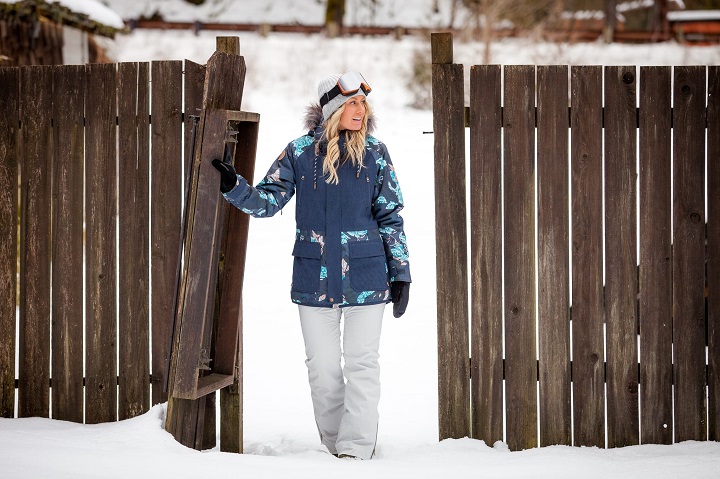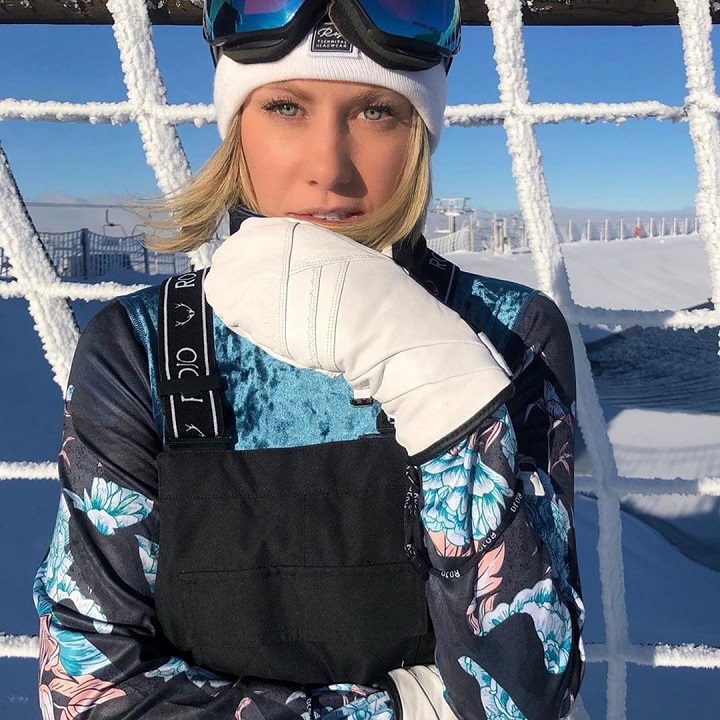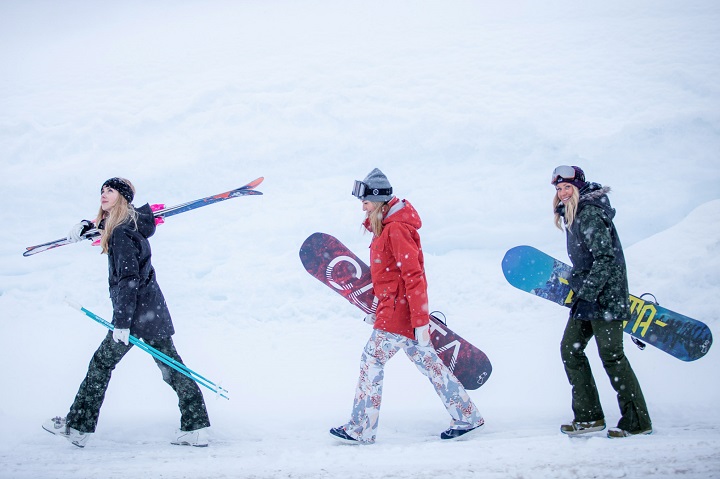Staying warm, dry and comfortable while skiing or snowboarding down the slopes is one of the most important factors to having an enjoyable experience. And the best way to ensure you get that experience is by dressing appropriately, using the optimum layering system. Contrary to what many people think, more layers aren’t always necessarily better or warmer, and in most cases, a three-layer system that consists of quality snow apparel is ideal. These three layers should include an outer, fully waterproof layer that protects you against wind and snow, a mid-layer that traps warmth and insulates, and a base layer that keeps the body’s heat close to your skin and wicks away sweat.

The most important layer is the outer layer. Your snow jacket and pants are the first barriers between you and the elements. Always wear jackets and trousers made specifically for snow sports. Pay attention to the waterproof rating, which is measured in millimeters, and look for outer layers rated at more than 10 000mm. Additionally, look for jackets and pants with a breathability rating of over 8 000mm. XTN, Elude, North of Winter, Lenz, Aggression, Action and Rojo snow jacket and pants are some of the most reliable manufacturers for snow equipment that you can’t go wrong with. And while XTN, Elude, North of Winter, Lenz, Aggression, Action and Rojo snow jacket and pants may cost more than models from lesser-known brands, you get what you pay for and you don’t have to compromise on your comfort.
Having an outer layer that’s waterproof will help keep you warm and dry when you fall onto the snow or when it rains or snows. That’s why I absolutely adore my Rojo snow jacket and pants – thanks to them I can have peace of mind when doing what I love. Without a waterproof outer layer, you’ll get soaked, and the outer layer will be only useful in dry conditions and small amounts of contact with the snow. The breathability rating represents how long it takes for the fabric to dry, and how long it takes for it to wick away internal moisture from sweating without locking it in. This is important for preventing you from feeling clammy and damp. And everybody knows, the best way to stay warm and comfortable on the slopes is to stay dry.

The middle layer has the purpose of trapping warm air and keeping you warm and comfortable. It comes in a wide range of fits from loose to tight, and the ideal one for you will come down to personal preference and some common sense. A tight fit may make you feel uncomfortable and it may restrict your movement, whereas a loose fit might not provide the insulation you need, or fit comfortably under your outer layer. In colder weather, you want a thicker mid-layer that offers more warmth. In warmer weather, you want a thin fleece to keep you comfortable, and on a sunny day, you can skip having a mid-layer altogether.
And lastly, the base layer is comprised of clothing that will hug your body snuggly and cover you from neck to toes. Base layers consist of two parts – base tops and base bottoms. Your base top will be a long, tight-sleeved t-shirt that traps your body heat in and wicks away moisture to keep you dry and warm. The best materials for base layers are merino wool and synthetic blends. These materials are insulating but aren’t made from fibers that absorb water. No matter the temperature outside, you’ll be sweating when skiing or snowboarding, which can suck away the warmth and make you cold. The base bottoms consist of trousers or pants that you wear below your outer layer. You want the base bottoms to sit slightly above your ankles, so there’s no material sitting inside the ski boots or under your ski socks. If your base pants are too long it can be difficult to get an ideally fitted snow boot.

Just like the middle-layer, base-layers come in a range of thickness levels suitable for different conditions and temperatures. The lightest and thinnest base layer is similar to jogging and running leggings. These provide minimal insulation but offer maximum breathability. The thinnest base layers are great at wicking away moisture due to the fact that they dry quicker. Middleweight base layers are warmer and are typically worn in colder temperatures. These layers offer a great balance between breathability and warmth. Lastly, heavyweight base layers are designed to offer maximum insulation and are worn in extreme weather. They’re thicker, heavier and take longer to dry.
Lastly, base layers come in three types of fits – compression, fitted and regular fit. Compression base layers are tight and form-hugging. This increases blood flow to your extremities. Fitted base layers are the in-between of compression and regular fit base layers. They offer decent insulation but feel more relaxed. And lastly, regular fit base layers have a forgiving fit and are ideal for all-day comfort. Most regular fit base layers are made from merino wool, whereas most compression base layers are made from synthetic materials.